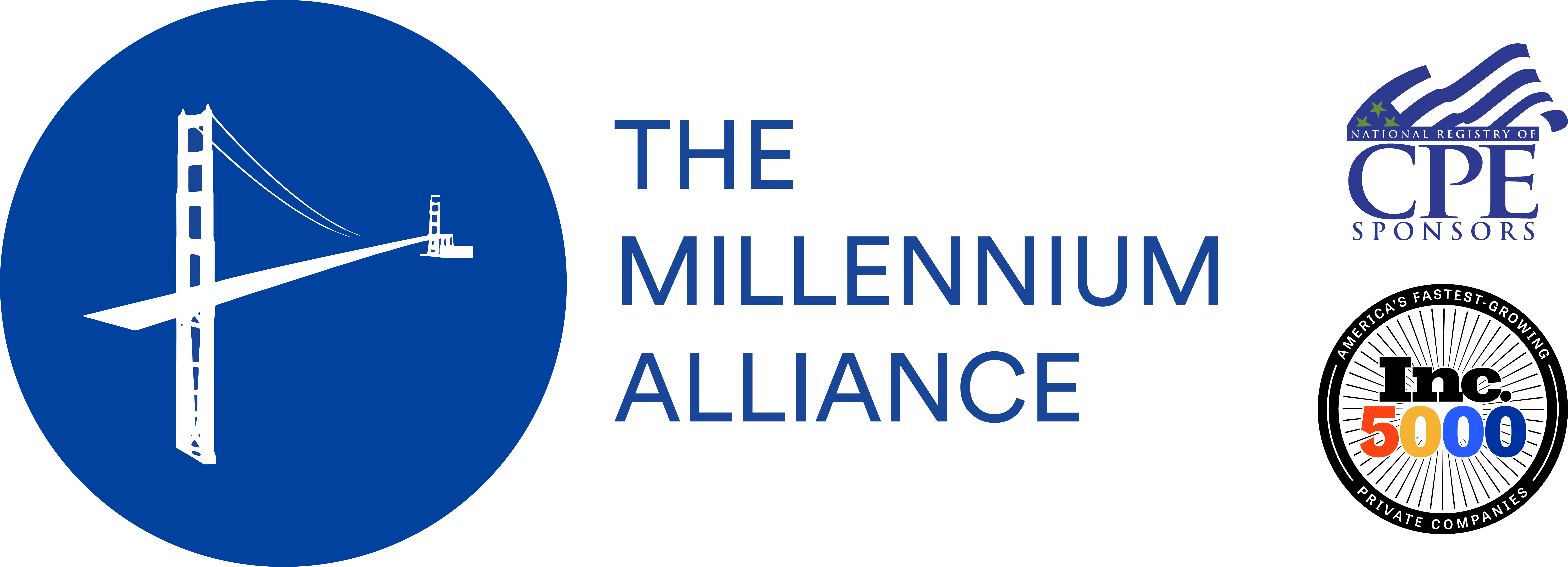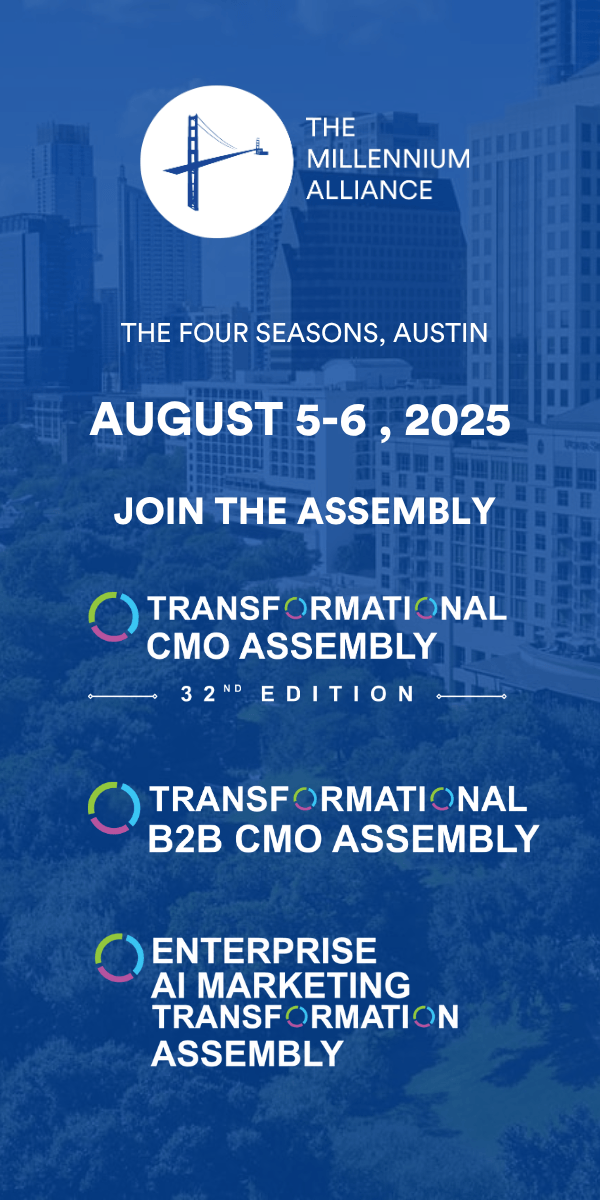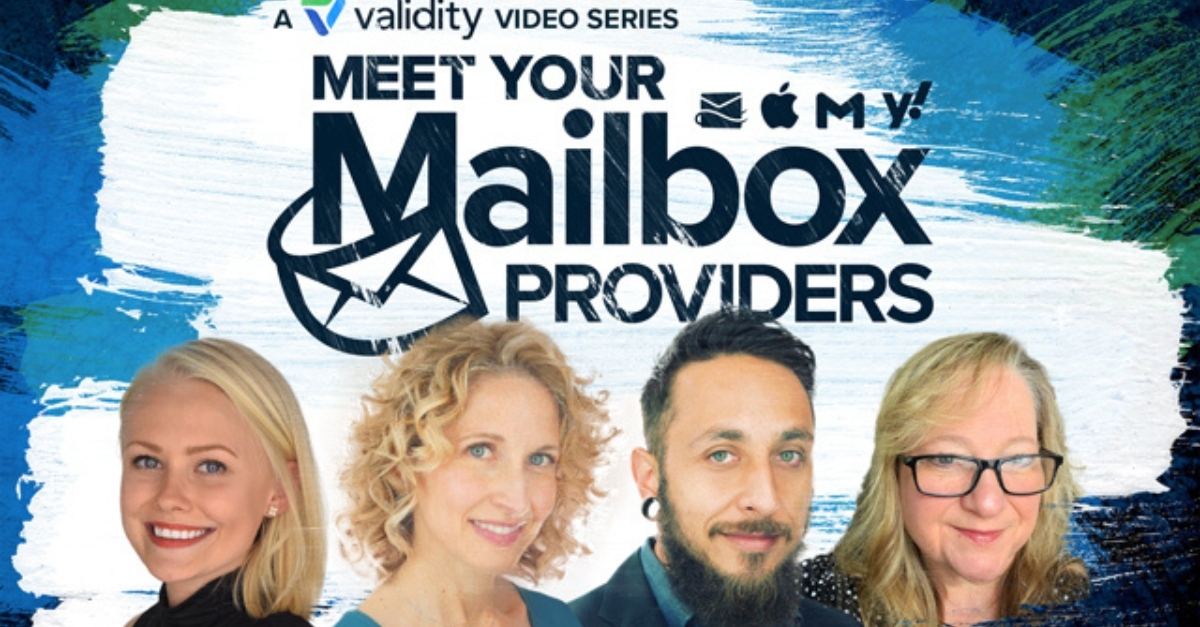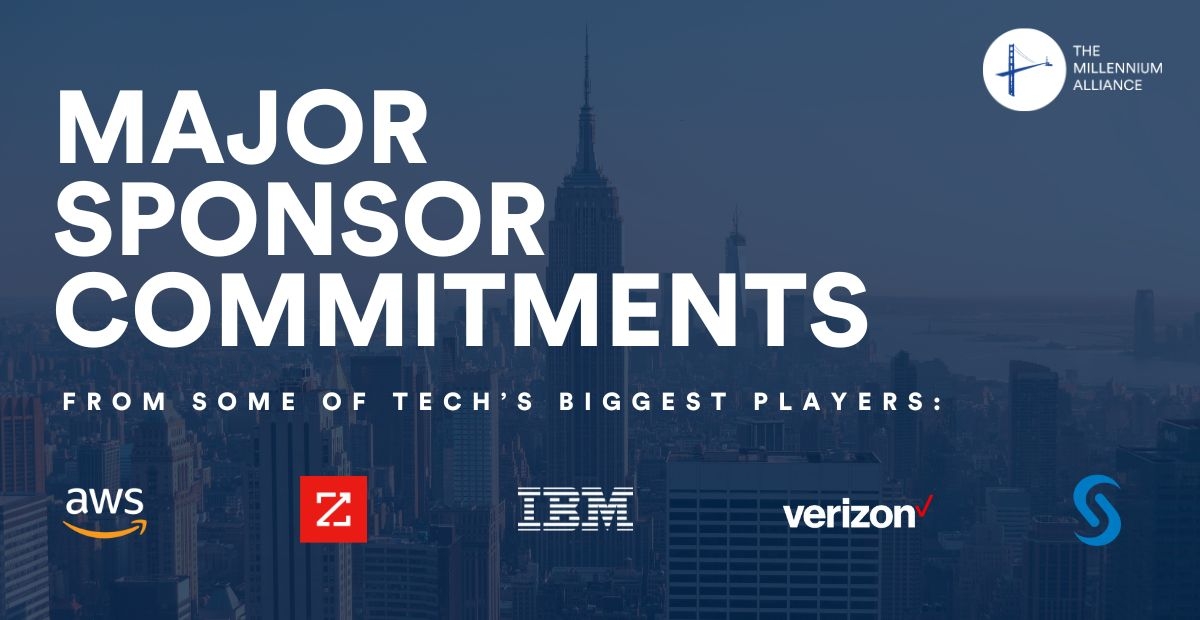As originally published by David Sable on Linkedin. Subscribe to the newsletter!
The notion of going “Back to Work” is a tone-deaf headline akin to “The New Normal.” Both and neither are accurate indicators of the State of Working or the Workplace, and failure is sure to follow those who think that either concept is true or a path to follow.
Going “Back to Work” is meaningless. Tragically, many people are out of work. Some remain furloughed as their companies try desperately to stay afloat another week, another month. Others, laid off, are in desperate search of work to do.
And, while many of us were safely socially distancing in our homes during lock down, frontline workers, not just the doctors and nurses who kept us alive, but all of those folks in the gig economy, working on a paltry hourly salary, kept things going for all of us. Where would we be if not for our doormen, the workers who made sure our packages were delivered, our food was produced, our toilet paper manufactured, our buses and trains operated and moving?
And finally, in the face of the notion of getting “Back to Work,” I imagine everyone who has WFH this past year, myself included, would say, “WTF what do you think we have been doing all these months?” Some of us have been juggling family and work time in very close proximity, others battling loneliness, all of us available for the Zoom, Team, Meets and whatever other means of communications the gods of collaboration have deemed important…a story for another time.
As for “The New Normal”? Nothing more than a sad, wishful look backwards. We are actually living in the dynamic, ever-changing world we have spent years stressing and babbling on about, only this time it’s life and death. There is no “New Normal”—it’s dangerous to look for one and fatal to plan for it.
Bottom line? There is no going back. There can only be going forward. But in the context of “Work,” my topic today, what does that mean?
- For office space
- For in-person collaboration
- For efficiency and cost
In summary, what does returning to work and the workplace mean beyond the rhetoric?
To learn as much as I could about the topic and its many intricacies, I went to the best graduate school I know. I called my friend Guy Vardi, Chief Innovation Officer of Silverstein Properties, partner and founder of DoJo, an AI based behavioral science platform that analyzes and designs efficient workplaces that make people more effective, and all around tech guru and creative thinker.
Among his many duties as Chief Innovation Officer is “change management.” And, clearly, in the world of “No New Normal,” and in an industry that builds, sells/leases and manages huge expanses of space, change is daunting and not obvious or embraced by all—unless Guy is in charge.
Therefore, and not surprisingly, Guy’s opening remarks to me were:
“Commercial landlords are no longer in the business of leasing office space. They are now in the business of work.”
Guy continued, “In the ‘Good Old Days,’ [the “Old Normal” for those of you who are nostalgic], commercial leasing operated on a simple equation: the total size/square footage of the space divided by the number of people, equaled efficiency.” Easy to measure in dollar returns and not complicated by any other factors.
In the dynamic environment we live in, though, the metrics are equally dynamic:
- Resilience – of a workforce that turns over quicker than any other workforce in history…that burns out quicker…that loses interest quicker
- Performance – what is the relationship between efficiency and productivity and between that and marketable output?
- Financial – in a world where quarterly earnings still rule, what does it all cost and what is the impact to shareholders?
DoJo breaks out the new metrics and their inter-relationships as follows:
- Collaboration and Individual Productivity
- Minimizing Change of Seating and Maximizing Health Safety
- Hours of Commute and Hours of Screaming Kids or Lonely Silence
All of which has taken on new and urgent meaning, as “Forward to Work” now means WFH at least one day per week:
Yet, when it comes to our relationships with office space and work environments, Guy cautions not to get caught in the COVID trap of blaming reluctance to return on the pandemic alone. Frankly, many of your employees have figured out how to safely socialize, eat at restaurants, shop and travel during this time period. No doubt, with the proper safety protocol, offices should be able to do the same.
The real issue began long before the pandemic and cuts much deeper. It is a nexus of cost cutting, poor planning, lack of research and inattention to culture.
In research published in the book, Peopleware, the top quartile of performers had an average of 78 sq. ft. per person vs 46 sq. ft. for the 4th quartile. Privacy, quiet and less interruption were the primary drivers of that phenomenon.
The Allen Curve measures the frequency of communications between people as the distance between them increases.
When people who work together and need to collaborate don’t sit next to each other, and instead have to sit in new space every day, they won’t bother to find or talk to the person who really should be sitting near them. And, as we saw from the chart above, that small impersonal space, swapped around every day, doesn’t help.
A number of years ago, a large tech company conducted an experiment where they temporarily removed the central coffee machine, water cooler, etc. Their finding? People stopped meeting serendipitously, and cross pollination of ideas and groups was seriously affected.
A similar study showed an increase in employees’ personal productivity, in this case, lines of code written, but a decrease in the number of actual new products coming to market, as again, the critical and creative serendipity factor had been eliminated.
Both studies highlight the tension between the value to a company and its employees, of the true balance that needs to be weighed between WFH and WIO (Work in Office) as can be seen in the chart below:
There are benefits to both. I might feel more creative and innovative at home, but without the collaboration and mentoring, will I be able to apply my creativity as powerfully as I’d like?
Success in the future will depend upon acknowledging that we need to fix the workplace, beyond making it COVID/pandemic safe, and that we shouldn’t fall for the belief that WFH will be all there is.
Perhaps most surprising in all of this data, is looking at who feels most productive at home:
Amazingly, it’s not Gen Z. There’s lots more to unpack there, but it seems safe to say that they need and crave the onboarding and mentoring of face-to-face work environment and the experience of serendipitous meeting and creating.
Perhaps there is a greater urgency to fix your work culture than you may even have yet realized.
Guy’s final share with me says it all…Listen:
Wouldn’t it be ironic if the next “Disruption” came from a bunch of folks in a garage somewhere? Blast from the past…
What do you think?




















